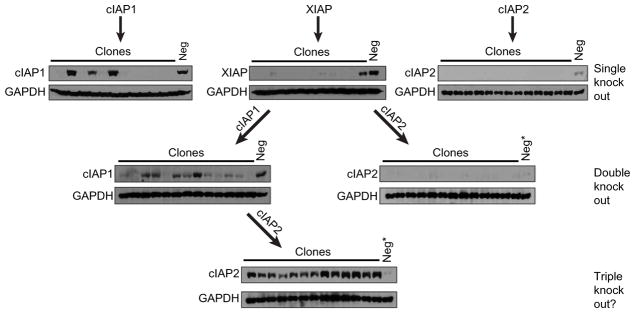Fig. 1. Attempts to generate triple IAP-knockout cells are unsuccessful and result in up-regulation of the remaining IAP protein.
HT29 cells were stably transduced with CRISPR/Cas9 constructs targeting either cIAP1, XIAP, or cIAP2 to generate single-, double-, or triple-knockout cell lines as indicated. Single and double IAP knockouts were readily detected (top and middle), but no triple knockouts were detected (“?”, bottom). Neg, nontargeted CRISPR/Cas9 control; Neg*, the same CRISPR/Cas9 cell line was used as a Western blot control in the right double-knockout blot and the triple-knockout blot. Single-knockout: cIAP1, n = 12 clones; XIAP, n = 11 clones; and cIAP2, n = 13 clones. Double-knockout: XIAP/cIAP1, n = 13 clones and XIAP/cIAP2, n = 13 clones. Triple knockout, n = clones.

